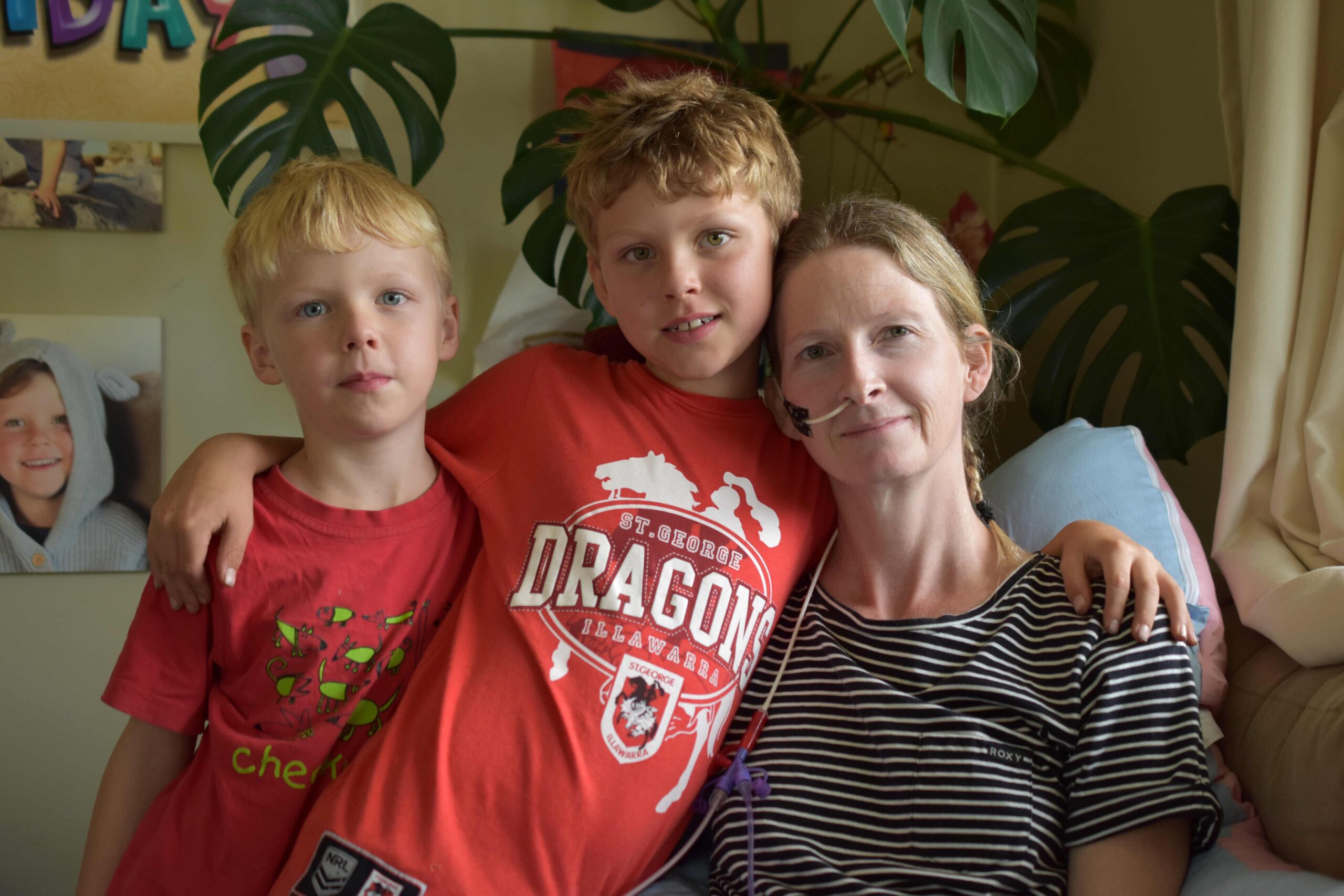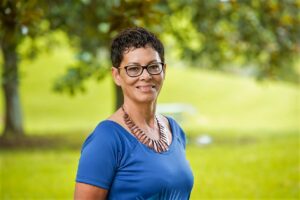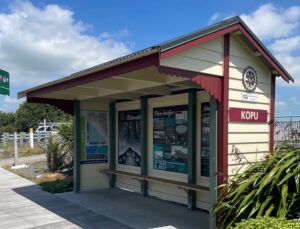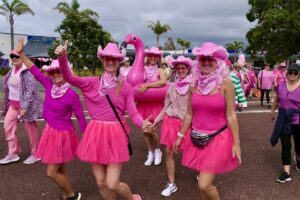Every day is a struggle for Athenree resident Pam Coburn, who sometimes doesn’t have the energy to get out of bed. The once-active and outgoing woman has classical Ehlers-Danlos syndrome (cEDS), a disorder affecting her connective tissue.
It’s the glue that holds our body together. When you’ve got EDS, everything is stretchy,” Pam said.
“Most people will have just the basic effects, like [being] double-jointed. For unfortunate people like me, it means that not only is our skin stretchy and our joints stretchy – our organs are also.”
May is EDS awareness month, and Pam is among those calling for the medical community to become more familiar with the disorder.
According to the Ehlers-Danlos Society of New Zealand, EDS is relatively unknown in New Zealand and is characterised by wide-ranging and seemingly unrelated symptoms, which can often result in patients fighting for years to get a diagnosis.
“I got told it was all in my head, there’s nothing wrong,” Pam said.
“I refused to believe that. I know my body, and I knew that there was something wrong [so] I kept researching.”

Pam eventually found a small community on social media with similar symptoms to her, who were able to point her medical team in the right direction. But that information, Pam said, needs to be more widely available.
“If it’s something that people present with and they’re like, ‘hang on, let’s look into EDS, you’ve got a history of health issues,’… It doesn’t take much for that to happen, and I don’t think that’ll take much money at all. It just takes knowledge,” she said.
Beyond the medical understanding of EDS though, there is also a need for treatment. Pam’s EDS is accompanied by a raft of comorbidities, the worst of which is abdominal vascular compression syndrome – some of her veins are being crushed by other tissues within her body. She also requires a nasojejunal feeding tube as her stomach is elongated and unable to process food. Without specialist surgery, Pam said, her body will continue to deteriorate.
“It’s terminal in New Zealand,” Pam said.
The surgery is available overseas, and Pam and her family are desperately fundraising for the $180,000 it will cost to get her to Germany. Despite this, Pam said she’s one of the lucky ones; she and her husband do have some savings to fall back on, although she doesn’t know how they will be able to retire in the future. For some sufferers though, the cost makes overseas treatment unreachable.
“There are 17 of us who need the surgery that I know of,” Pam said.
“I just don’t understand how we’ve just been left to either die or fund ourselves.”
A Te Whatu Ora spokesperson said the severity and complexity of EDS can vary significantly from patient to patient, making diagnosis difficult.
“The diagnosis can only be made after criteria are met,” the spokesperson said.
“It is normal practice to consider common conditions before those that are less common.”
A high cost treatment funding pool was available under specific conditions, they said, including for some very rare conditions not otherwise funded by the public health system. Those treatments have to be evidence-based and supported by clinical experts in New Zealand.
“We recognise that sometimes accessing all the multidisciplinary components of care in our current health system can be a challenge for patients. We regret where patients have a delay in diagnosis and acknowledge how distressing this would be. However, the nature of health conditions means that this will occur at times, especially with rare complex conditions.”
Pam’s hope is that by sharing her story, she will help raise awareness of the often-debilitating condition, and encourage the medical community to develop options for New Zealand-based treatment.
“I want to help as many people as I can to figure things out,” she said. “Because that’s the only way I found out.”
For more information on Pam’s health journey see positivelyfulllife.company.site





